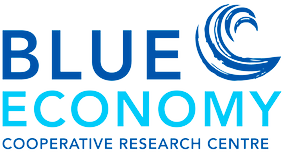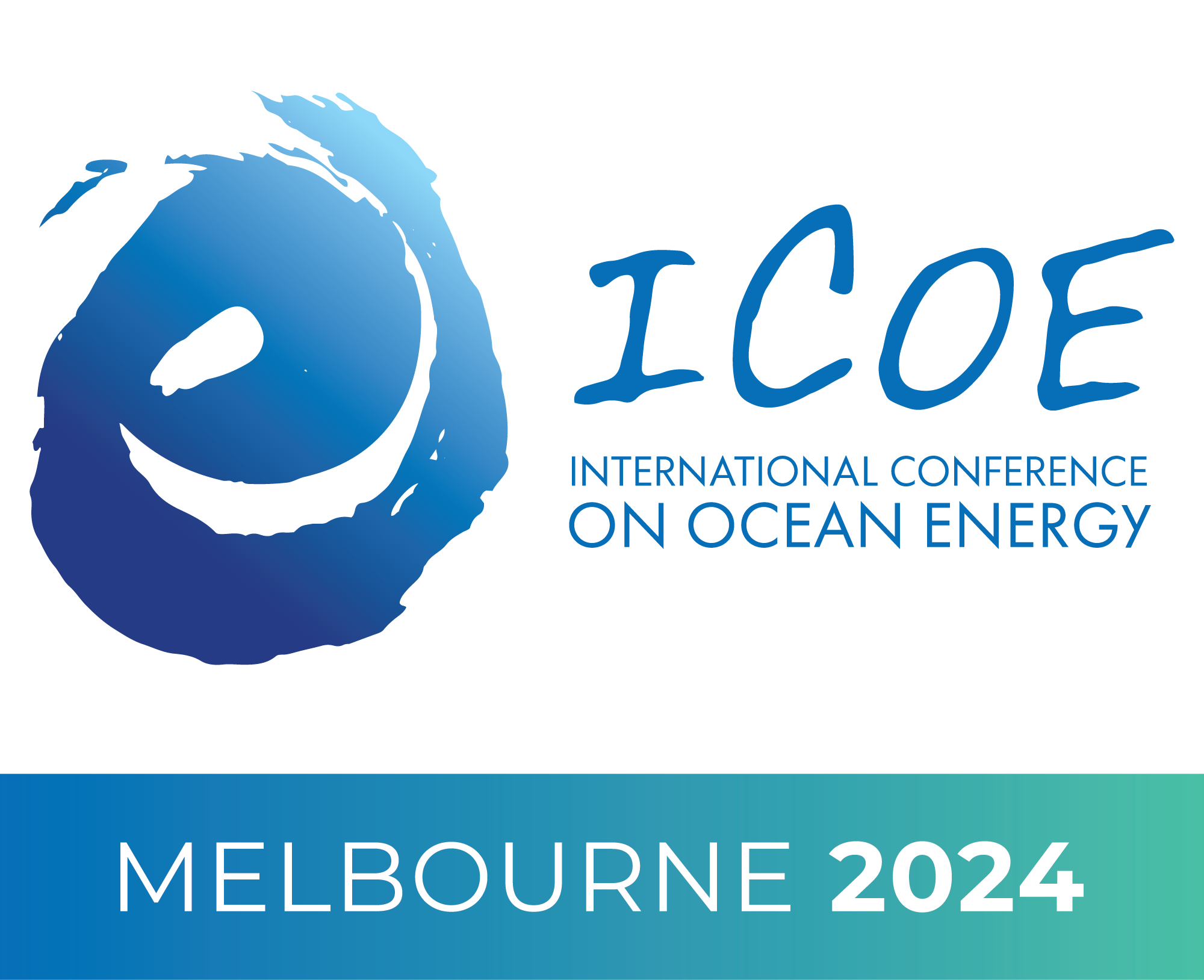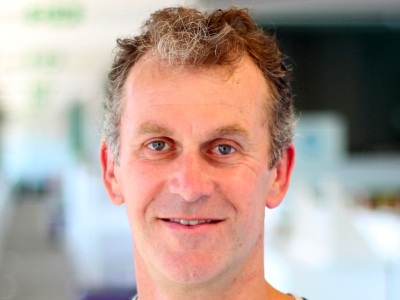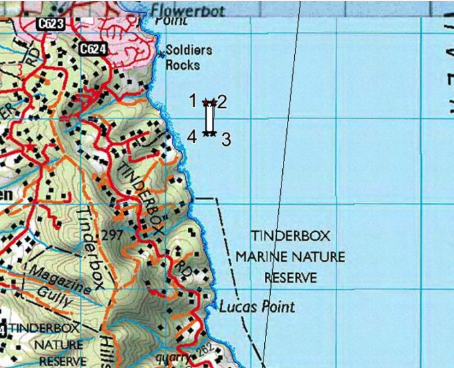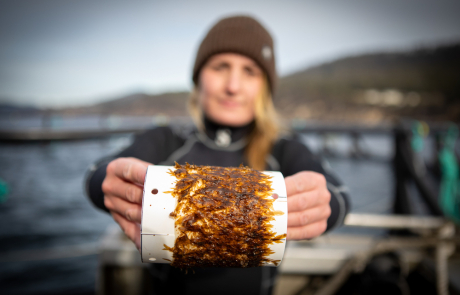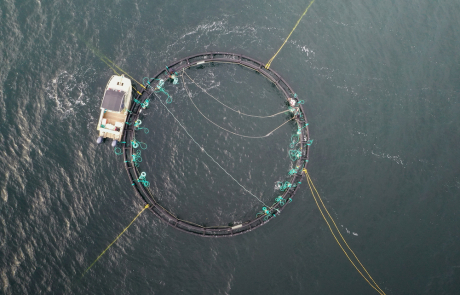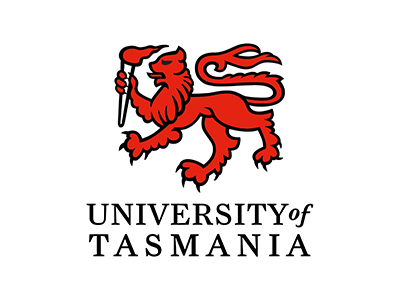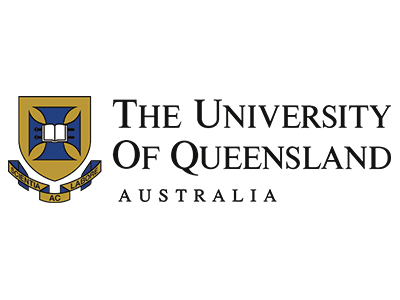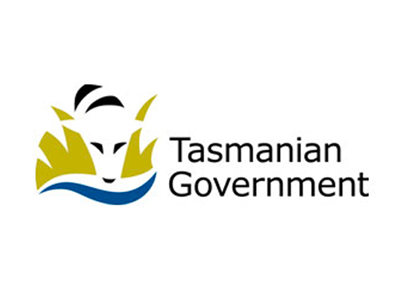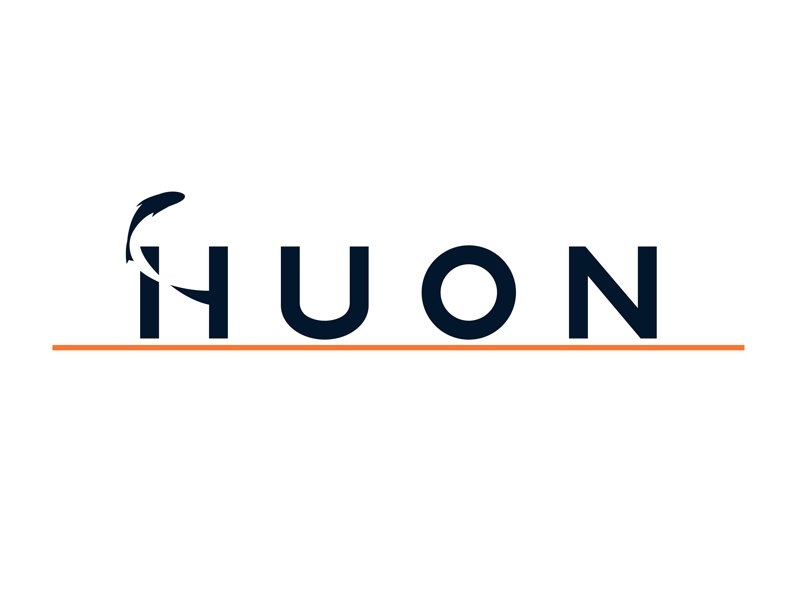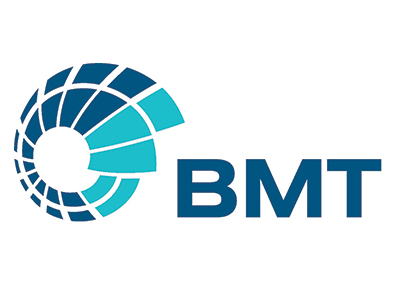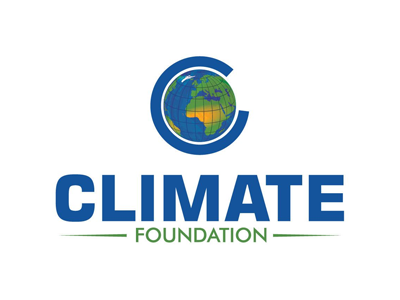Research Program
PROJECT LEADER
PROJECT ID
2.21.005
BECRC PARTNERS
BMT
Climate Foundation
CSIRO
Huon Aquaculture
Southern Ocean Carbon Company
State Government of Tasmania
University of Queensland
UTAS
THIRD PARTY PARTICIPANTS
Deloitte Australia
START DATE
November 2022
END DATE
October 2024
DURATION
24 months
PROJECT IN BRIEF
The global seaweed market is valued currently at >US$6B annually and is growing rapidly, however in Australia the seaweed industry and associated product development is nascent. Several independent analyses have identified considerable opportunities for Australia in building a modern and sophisticated industry based on seaweed production at commercial scale and developing seaweed-based bioproducts.
This project seeks to develop technologies suitable for commercial scale offshore kelp production off southeast Tasmania in particular, but which could also be deployed in offshore environments elsewhere in Australia and New Zealand.
The project will review, design and trial offshore production systems for kelp mariculture, further select for kelp genotypes to cope with ocean warming, assess the performance and potential impact of the kelp production system, and use these empirical measures to model production, environmental impacts (positive and negative) and economic viability of kelp mariculture at commercial scales.
In parallel, we will review, assess and recommend changes to policy and regulatory frameworks to ensure unambiguous guidelines to achieve industry sustainability, environmental safeguards, and social licence. Project design reflects that industry development will require careful integration and coherence across all of these elements.
The overall goal is to develop, test and demonstrate technologies for offshore kelp mariculture that:
- are scalable,
- are economically viable,
- achieve positive environmental outcomes,
- attract strong social licence,
- and are supported by appropriate policy and regulatory frameworks.
Project Phases
The research project is designed in two phases. Phase I will focus on:
- engineering design, including modelling and testing of scale models (using facilities at AMC),
- in-water testing of a modular mariculture unit at a relatively sheltered site,
- extensive monitoring of the in-water trial,
- modelling to inform site selection for Phase II,
- analysis and development of a policy and regulatory framework to underpin seaweed mariculture in Tasmania,
- and economic analyses comprising an economic viability assessment and natural capital accounting evalution.
Phase II is not yet funded since whether it is sensible to proceed with Phase II depends heavily on the results from Phase I.
RELATED NEWS
FREQUENTLY ASKED QUESTIONS
Project Updates
June 2023 Progress Update
Microscopic kelp planting – how does it work?
Kelp Mariculture project – infrastructure deployment and baby kelp planting
Phase II – Planting of baby kelp
Phase I – Infrastructure Deployment
This month will be initiating next steps with the deployment of the required infrastructure followed by the planting of baby kelp this week in the research zone in Tinderbox.
Project infrastructure includes three small rings (18m diam) and associated moorings plus an underwater array consisting of 60m long grow lines at a depth of ~10m.
The corners of the area will be marked for navigation purposes in accordance with advice from Marine and Safety Tasmania and clearly visible signage will be installed on the infrastructure.
The planting of microsporophytes (baby kelp) will follow this coming weekend.
The project team will capture onsite footage and interviews throughout deployment which will be shared on the project page and our social networks.

2023 PARTICIPANTS WORKSHOP PROJECT UPDATE
May 2023 Progress Update
Under the Living Marine Resources Management Act 1995, Section 14: Scientific Research Permit, this project has been granted a permit for the purpose of scientific research to
- develop, test and demonstrate a production system for offshore marine plant mariculture; and
- deploy both submerged and floating marine farming longline equipment and supporting infrastructure, within a designated Permit Area, for the purpose of trialling the cultivation of out-planted Macrocystis pyrifera (giant kelp) and Undaria pinnatifida (wakame) sporophytes onto rope grow-lines to assess the potential for scalable offshore mariculture in Tasmania.
The final design of infrastructure to be deployed at the Tinderbox site differs to that proposed initially in that the large 54 m diameter floating ring will not be used, and instead will be replaced by a subsurface array of grow-lines at a depth of ~10 m.
March 2023 Progress Update
As of the end of March 2023, the completed permit application has now been submitted, following a draft permit application submitted to DNRET for feedback in October 2022 and communication and consultation with a diverse range of stakeholders, including: the Dept Natural Resources and Environment Tasmania, Tas Parks and Wildlife, Kingborough Council, Blackmans Bay Community Association, Residents of Tinderbox and Blackmans Bay, Kingston Beach Sailing Club, ABC morning radio 936 Tasmania, Marine and Safety Tasmania, Tasmanian Seafood Industry Council, TARFish, Tasmanian Aboriginal Centre and a presentation on the project was given at the International Seaweed Symposium.
The hatchery system is now fully operational, and cultures and spools have been prepared ready for culturing of microsporophytes on seed lines. This will commence only once the permit is awarded, and once it is known when the in-water grow lines will be ready to receive the seed strings.
New appointments to the project team include Dr Victor Shelamoff and Eva Smid to the hatchery / monitoring effort based at IMAS, and Dr Eric Gubesch to the engineering team at AMC.
Project lead Prof Craig Johnson states, “I’m pleased to see that in this early planning phase there has been strong communication and interaction across the engineering, bio- and physico-chemical monitoring, and economic assessment teams, facilitated in part by regular meetings of theme leaders. The project has now been outlined to a broad range of stakeholders, and interest in the research has been strong, with encouraging positive feedback”.
